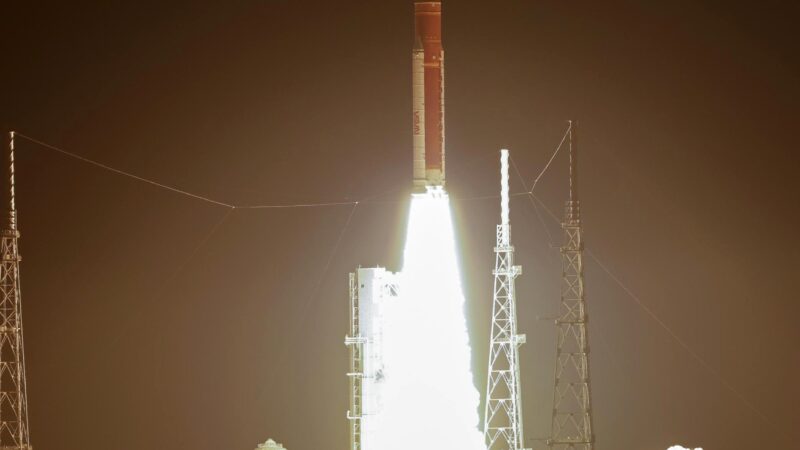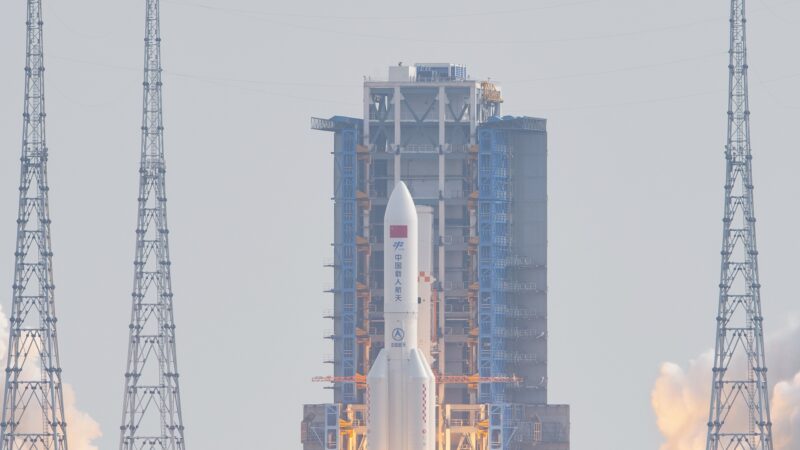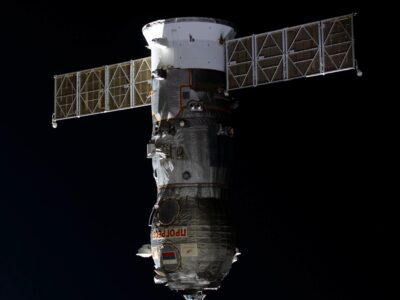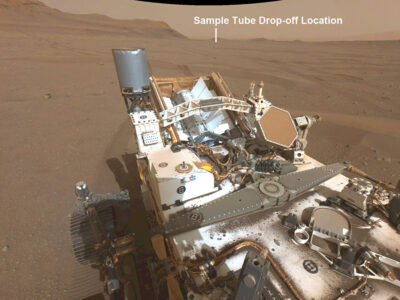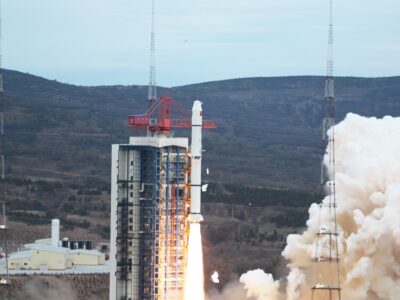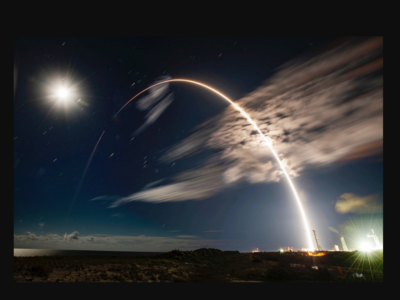Terzan 1: Dazzling globular star clusters captured by the Hubble Space Telescope
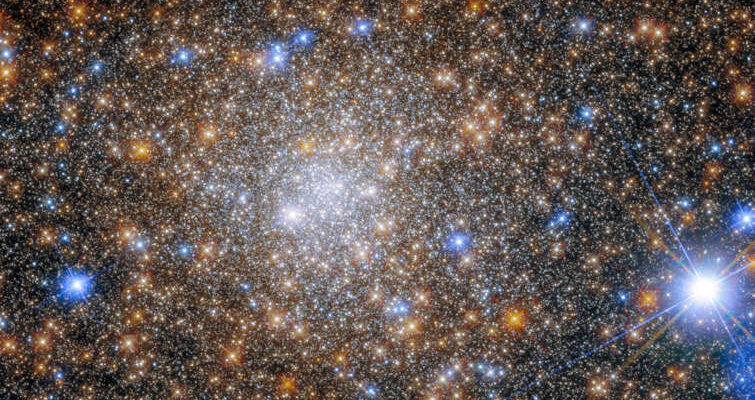
Overview
The Hubble Space Telescope has captured the dazzling globular star cluster Terzan 1 after a gap of several years.
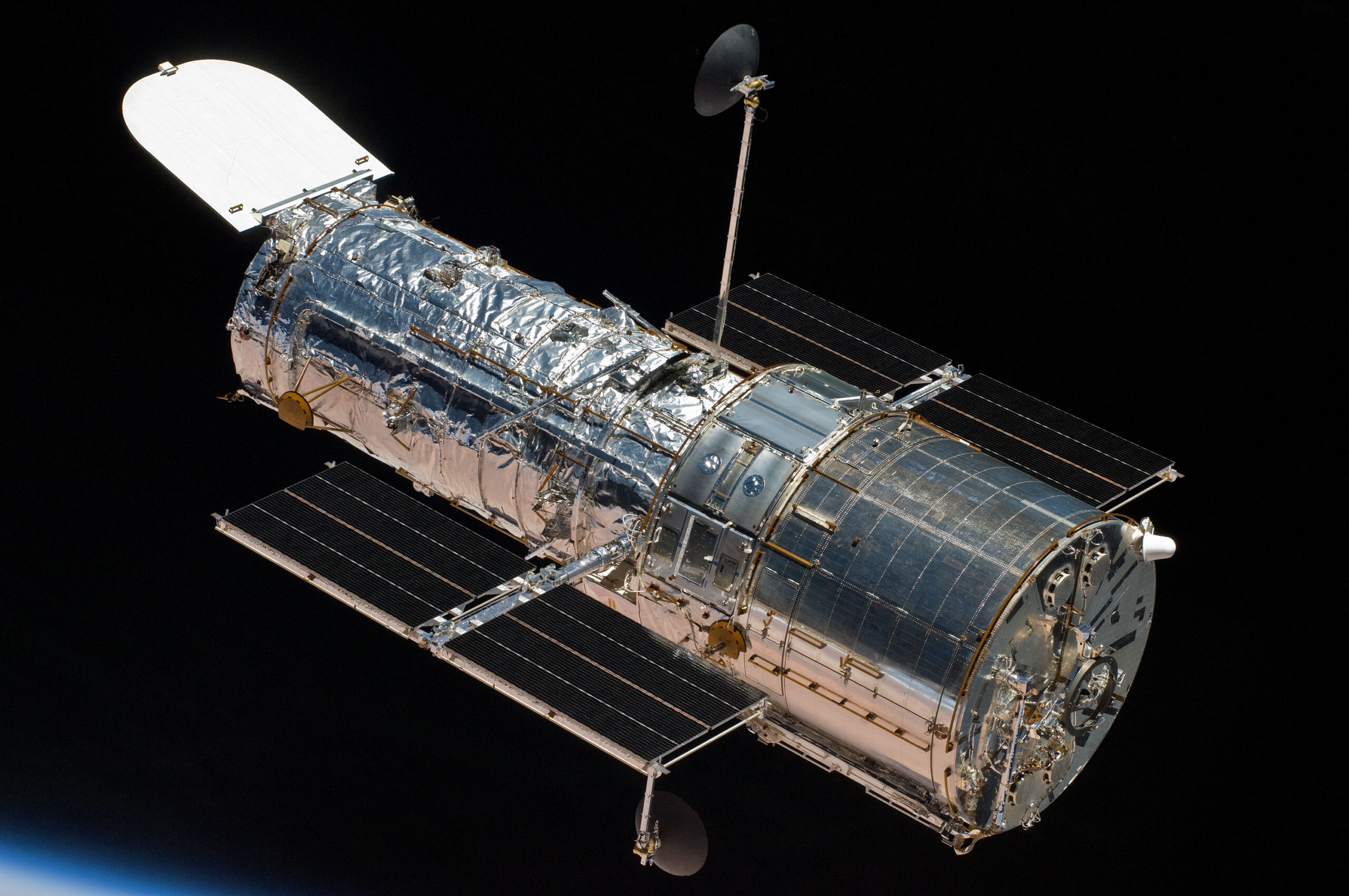
Hubble Space Telescope
Terzan 1
Terzan 1[1] also known as ESO 455-23 and Terzan 1966, is a heavily obscured globular cluster located around 20.000 light-years from Earth in the constellation of Scorpius.
It is one of about 150 globular clusters discovered by the French astronomer Agop Terzan in the 1960s-70s, belonging to the Milky Way. Terzan 1 is also an X-ray source.
Terzan 1 has the smallest projected distance to the Milky Way’s center among all known globulars: is only 4,200 light-years from the center but 21,800 light-years from Earth.
In 1980, astronomers detected X-ray bursts from a source located in Terzan 1. Several years later, the source X1732-304 was detected within the cluster with NASA’s Spacelab 2 and ESA’s EXOSAT missions.
Detail
Somewhat confusingly, the 11 Terzan globular clusters are numbered from Terzan 1 to Terzan 12. This was due to a mistake Terzan made in 1971, when he rediscovered Terzan 5 – a cluster he had already discovered and reported in 1968 – and named it Terzan 11. He published it along with the findings of Terzan 9, 10 and 12.
He soon realized his mistake and tried to change the name from number 12 to number 11. Unfortunately, he did not clearly state that No. 5 and No. 11 were the same, although another astronomer, Ivan Robert Kin g, published a note attempting to clear up the confusion. These days, most papers acknowledge the original Terzan 5 and Terzan 12 and accept the oddity of the absence of Terzan 11. There have also been some examples of confusion in the scientific literature over the past few decades.

Hubble Space Telescope had already photographed Terzan 1 in 2015
It is worth noting that Terzan 1 is an “old acquaintance” for Hubble. Previously, the telescope had already photographed this cluster. The difference is that the previous picture was taken with the WFPC2 camera, while the new photo was taken with the WFPC3 camera. It was installed on Hubble during the last maintenance mission in 2009, and it has a higher resolution and field of view than its predecessor.
References:

